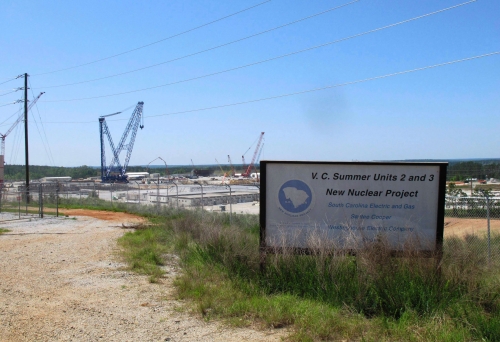Setting the Record Straight on Santee Cooper
Santee Cooper recently published a long memo purporting to rebut Palmetto Promise Institute research. Their response pointed out distinctions, but not actual factual differences. Our full response may be found here.
But in short, five incontrovertible facts remain…
- Santee Cooper Residential Rates used to be low, now there is little difference between price per kWh between Santee Cooper and Investor-Owned Utilities (IOUs). The gap from 1990 to 2018 shifted from 85% of the IOU average price to 99% of the IOU average price.
- Santee Cooper Residential Bills are also in the range of rates charged by IOUs. Even with adjustments unique to Santee Cooper, it is obvious from ORS documentation provided in the Dominion Rate Case testimony that Santee Cooper customers see similar bills to those of IOUs in the state, rather than the significantly lower bills Santee Cooper claims.
- Santee Cooper Ratepayer Debt is at $6.8 billion according to Santee Cooper. Revenue requirements have gone down due to refinancing, but the Santee Cooper Investors page projects as of December 31, 2020, $13 billion total will be paid until the year 2056. Santee Cooper and co-op customers will pay unless a buyer eliminates that debt.
- Rate Freezes, Court-Ordered Rebates, and the demands of Capital Expenditure serves as a three-way squeeze on Santee Cooper. That is why the agency needed to borrow $100 million for Capital Expenditures as Palmetto Promise Institute foresaw in its memorandum, “Mercy of the Market” just 34 days prior to news of the new borrowing.
- Wall Street will always love Santee Cooper. As long as Wall Street has the ability to work with Santee Cooper (which depends on the nation’s economy), the finance industry will always be willing to refinance Santee Cooper debt at a profit. Why? Because unlike IOUs, the Santee Cooper board sets rates with no outside approval required. Wall Street knows that in a crunch, their bondholders will be paid first, and investors know that no state would allow one of its agencies to default.







